 “June Cotner's book proposals are the gold standard.” ~ Denise Marcil Marcil-O’Farrell Literary LLC ~ Guest blog by June Cotner If you’re a nonfiction writer who would like to have your book traditionally published, you will need a book proposal. In this post, I will be sharing ideas I have used to secure contracts with large publishers such as HarperCollins, Random House, and Hachette, as well as medium-size publishers such as Chronicle Books, Henry Holt, and Andrews McMeel Publishing. The most important principle is that your book proposal is a business plan prepared for the publisher to show them why your book will be successful. Here is a sample Table of Contents: 1. Overview 2. Description of the Book 3. Comp Books 4. Delivery Date 5. The Market (or The Audience) 6. Special Sales 7. Publicity 8. Sequels 9. About the Author 10. Sample Content A proposal may vary from 5-35 pages in length, plus sample content. You will create: 1. Overview More about this later. 2. Description of the Book This includes number of pages and perhaps a suggestion about the book package—trim size, hardcover or paper, and number of photos. 3. Analysis of Comp Books There are three types of comp titles: competitive, complimentary, and comparative. Also mention why your book will stand out from the competition. 4. Delivery Date When will you deliver the complete manuscript? 5. The Market that exists for this book Include statistics—if your book is about dogs, you can list the number of households in the U.S. who have dogs. 6. Special Sales This section lists places that sell books outside of a traditional bookstore, such as Paper Source, or a catalog such as Bas Bleu. Be very specific and selective about your suggestions. You should be clear about your rationale why various special sales markets will have an interest in your book. Perhaps your children’s book is about art museums, so you should include a link of all art museums in the U.S. If you think it’s perfect for The Land of Nod and Pottery Barn for Kids, go online and see if they sell your type of book. If so, list the chain’s online books link in your proposal. 7. Publicity I often call this section “Author’s Promotional Contribution,” so it’s clear to the publisher what I will undertake to make the book successful. In this section, I list traditional media (print, TV, radio) and blogs in which I’ve been featured. I include all of my social media links and the number of friends or followers for each one. 8. Sequels If you have a sequel or series idea, list it. 9. About the Author Write in third person. List why you’re an expert on this subject, along with any major book sales and awards. 10. Sample Content List all of your chapter titles and give a succinct description of each—no more than 3-5 sentences. After that, insert your first chapter. For your second sample, use a chapter that demonstrates why your book is a unique contribution to the marketplace. My favorite book about writing book proposals is How to Write a Book Proposal: The Insider’s Guide to Proposals that Get You Published, © 2017 by Jody Rein with Michael Larsen. The rest of my post is devoted to something new I’ve developed. I use the first page after the Table of Contents to present one page that will serve a dual purpose: First, I want to give the publisher a succinct overview of the book, why the market is perfect for it now, and why my target audience will be eager to read the book. Secondly, I make the first paragraph bold and I write it like a book description that would appear on Amazon. Here is the first page from the proposal for BLESS THE EARTH, coauthored with Nancy Tupper Ling. It resulted in a contract from Convergent/Penguin Random House. BLESS THE EARTH Overview and Description Bless the Earth: A Children’s Book of Prayers and Poems for Honoring the Earth celebrates the miracle of our planet Earth and offers a spiritual dimension of caring for our world through universal prayers of gratitude and earth-related inspirational poems. Bless the Earth is the only children’s anthology for 4–8-year-olds that knits together humanity, the environment, and spirituality in an engaging way that is simple for young readers to understand. Moreover, nine-in-ten Americans believe in a “higher power” (Pew Center). Bless the Earth will be a welcome addition for 90% of families. We live in an age in which 17-year-old climate activist Greta Thunberg received TIME’s 2019 Person of the Year award. Climate change and environmental awareness are at the forefront of topics that parents and teachers discuss with children. While no one wants to alarm young readers, a book like Bless the Earth fosters an awakened appreciation for the world around them. In support of these developing environmental efforts, Bless the Earth shows the importance of caring for our world, treating our neighbors—humans, plants, and animals alike—with respect, and imagining a positive future. While many contemporary children’s books focus on “being green,” Bless the Earth introduces a spiritual dimension not featured in comparative books. The book is compiled by bestselling anthologist June Cotner, whose books have sold more than one million copies, and multiple-award winning author Nancy Tupper Ling, whose children’s books have been published by major publishers. In Bless the Earth, writings from Karla Kuskin, Mary Oliver, Theodore Roethke, Emily Dickinson, Lao Tzu, Paramahansa Yogananda, and Kahlil Gibran intermingle with voices of celebrated poets such as Charles Ghigna, Patti Tana, Janine Canan, and Barbara Crooker. Bless the Earth will contain approximately 60 selections divided into five chapters below.
There is no one right way to write a book proposal. Do make sure you have shown the publisher why they should invest their money in publishing your book. 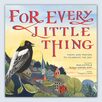 Bio: June Cotner is the author of 38 books including the bestselling books, Graces, Bedside Prayers, Wedding Blessings, and House Blessings. Her books have been published by both major houses and mid-size publishers. Collectively, her books have sold more than one million copies and have been featured in many national publications. To find out more about June and for helpful publishing tips, visit her website at www.junecotner.com. You can also find her at https://www.facebook.com/June.Cotner.Books and on Instagram (@junecotner) where she posts sections from her book proposals.
0 Comments
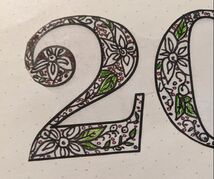 ~ by Amanda Smith The sweet time between Christmas and New Year is when I usually ponder writing goals: What worked the previous year? What didn’t? How far did I come? Where am I heading? And my trusty bullet journal serves both as memoir and roadmap. In preparing my bullet journal for the new year, I wanted to write the year 2022 for my cover page in a unique way. Last year I had handwritten it using brush pens, which was fine, but I felt that the new year deserved some more flair. So, after playing around a bit, I landed on something I’ve never done before – Zentangle. Using my inspiration quote for the year, I knew I wanted something botanical, and after using WordArt to set the outline of my numbers and googling some Zentangle designs, I set to work. It took some time to find my rhythm, but I finally figured out the scale of the design and the limits of my chosen font and everything went fine and dandy with that first two and half the zero. 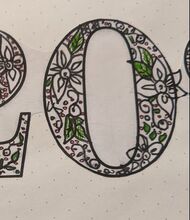 But all of a sudden, a little flower decided to jump the outline. “Huh,” I said. “Why are you squashing me like this?” asked the flower. I sat back and stared at that rebel flower, the sharp ends of its petals stubbornly poking outside the soft rounded line. Maybe it had a point. Maybe it didn’t have to be all neatly contained within the oval line of the zero. What if the flowers bloomed outside the lines of the other twos? 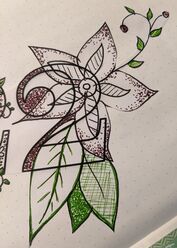 I loosened my design. And I listened to the flowers. And I watched them grow and BLOOM! And as I worked, I thought about my goals and hopes and dreams for this year. To reach past limits. To listen to my art. And to Bloom! As you think and plan your writing goals for the new year, I want to encourage you to do the same:
During the month of January, Annie, Kelly, and I will be posting our yearly goals into the 24 Carrot Writing Goals tab. Take a look (you can also see my complete, blooming 2022 zentangle there) and then set your own goals and dreams for this year. And be sure to post them somewhere you will see them often.
Together, let’s burst out of the constraints this last year or past habits might have placed on us. Let’s become green-thumbed curators of our vibrant, fragrant story-gardens.  Dear 24 Carrot Writer, What a year this has been! If you had written words and stories, well done! If you had queried, or launched a book into this world. If you had hustled with marketing, or had dipped deep into the well of online classes to grow and improve your craft, we applaud you. And if, this year, your pen was dry, your fingers quiet, your stories dormant, because life, because you had to be there for others, because you had to take care of yourself, we send you hugs and encouragement. Because even if stories weren’t written, they are still there: sleeping, dreaming, patiently waiting, deepening until your heart can open up for them, until your fingers can pen them. So for now, take a break. You deserve it. Cuddle with loved ones, read fluffy novels, watch tinsel movies. And recharge. And when you feel ready, start dreaming - gentle dreams about gentle goals. But in the meantime, all of us at 24 Carrot Writing wish all of you a beautiful, peaceful, joyful, rejuvenating Holiday Season. Best, Amanda and the 24 Carrot Crew 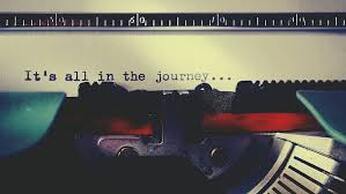
Thank you to 24 Carrot Writing for asking me to blog for them today. It’s a pleasure to be here talking about one of my favorite things: The Query Letter. A bit of background: It’s no secret that I’d queried a lot in the early 2010s (I’ve written about it in a bunch of places -- Articles about Querying and Writing - Query Godmother). After a few false starts, I signed with my third agent in the summer of 2013. This past summer, after seven years with the same agent, we parted ways—and I was honestly feeling like a bit of a failure. I’d been hoping for feedback on a manuscript and wasn’t prepared for my agent to be downsizing their list. In the middle of 2020, I took it really hard. All this to say that anyone can be in the query trenches. Writing a query can be scary. Remember, a query letter is a tool. It’s a way to put your words into the world. Don’t overthink the query letter. It’s manageable. There are parts to it. 1. Introduction (and opening paragraph): Sometimes this is called the “hook” part of the query. Include the title, the word count, the target age, and the genre of the book. A short tagline (elevator pitch) can be included in this section as well. It is not mandatory, though. If you have something personal to add, like that you met the agent at a conference, or took their workshop, do that here. If you don’t have anything personal, don’t force it. 2. Book section: Think of this as your back cover copy. This is the most important part of the query. Be specific, but brief. Try to express how your book is different than others. Use specificity about character goals, stakes, and motivations. This section should be the longest—after all the query is about your BOOK. Make sure you are answering these questions in this section:
Something about yourself and your expertise. What makes you the person to write this book? If you have any relevant published works, mention them here. Keep this part business. Don’t include things about your family or hobbies. Query strategies:
I’ll be honest, I have yet to sign with a new agent. However, my request rate is over 20%, so I feel like my query letter is working, and there are several people considering my work. Keep track of this sort of data, so you know when to revise and/or move to the next manuscript. Jumping into the querying pool can help you put aside your fears and anxieties about your work. Querying is forward motion. It is taking control of your career. Know yourself and what works for you. I wish you all good luck in 2021.  Bio: Kristine Asselin is the author of several works of children’s nonfiction, co-author of the middle grade novel The Art of The Swap, as well as the YA novels Any Way You Slice It and Falling for Wonder Boy. She loves being a Girl Scout leader and volunteering with the Society of Children’s Book Writers and Illustrators. She is a sucker for a good love song (preferably from the 80s), and can’t resist an invitation for Chinese food or ice cream (but not at the same time!). She lives in Central Massachusetts with her teen daughter and husband, and spends part of everyday looking for a TARDIS to borrow. 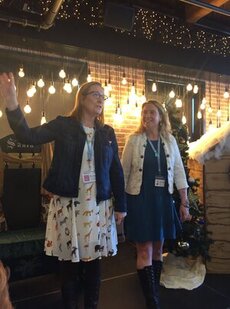 Kristen and Heather at the launch of AN ASSORTMENT OF ANIMALS. Kristen and Heather at the launch of AN ASSORTMENT OF ANIMALS. ~ Guest post by Heather Kelly and Kristen Wixted Hold onto your hats, folks, this will be a long post. But our goal is to give you a blueprint for following your dreams of holding your book in your hands! It’s Heather Kelly and Kristen Wixted here, publishers and editors at Writers’ Loft Press and Pocket Moon Press. Not only do we indie-publish our own stuff, but we publish anthologies and mentor other writers to publish their own work. Check out our previously published anthologies: Firsts, An Assortment of Animals, Friends & Anemones, and Heather’s workbook to help you get the writing done, Jumpstart Your Writing in 30 Days. Today we’re going to take you on a journey to publication using Tom Franklin’s brand new steampunk Middle-Grade adventure story, The Pterrible Pteranodon, as a guide. THE MECHANICS: Tom started with a very clean draft that had been critiqued and edited. Pro Tip: Throw your manuscript into Pro-Writing Aid for a final polish! We recommend hiring freelance editors and copy editors at places like ALLi—the Alliance of Indie Publishers, Reedsy, or other indie-friendly forums. Next, Tom hired Robert Thibeault to create a genre-specific cover. Tom did his research by checking out his genre bucket at Amazon. Make sure to check out your genre-bucket best-sellers at Amazon before you choose a type of cover. For example, here are the best sellers of middle-grade steampunk at Amazon: Robert Thibeault designed an amazing and genre-specific cover: Hopefully, you can see how it would not only fit alongside the books in its genre but also stand out. It looks great as a thumbnail. Very important in this digital age! Pro Tip: Choose a type of cover that sells well in the genre. What you love as a book cover might not be what your reader loves. Sometimes as authors, we have to put our personal preferences aside! Here’s a closer look at Tom’s cover, so you can see the details: You can see here how an artist and book designer make a cover—it wraps around. Isn’t that cool? REACHING YOUR READERS: While Tom was waiting for his cover art masterpiece, he put up a freebie so people would sign up for his mailing list. Having an email list—direct contact with fans—is the most important piece of the publishing puzzle. Without this, every time you publish a new book, you start from scratch looking for fans. Tom gave away the first few chapters of his book and audio files of his book to entice people onto his list. Check it out here. Go ahead and sign up—Tom is going to KICKSTART this book, and you get to walk through the steps with him! (See the countdown page here!) Don’t just hide your freebie and the sign-up to your list on your personal website—plug it into one of the sharing sites that go directly to fans. Right now, two of the biggest sites are BookFunnel and StoryOrigin. Using sites like these, Tom doubled the number of fans he had on his list! Pro Tip: Story Origin is still in beta, so it’s currently FREE to use! Nothing beats free! Once you have fans, interact with them on a weekly or regular basis. Use email companies like MailChimp or mailerlite to do this professionally. Pro Tip: Make sure to consider who your fans are and give them what they are looking for! Remember that the people who sign up for your list are readers of your genre (or parents of the readers) and not just other writers or your friends. Formatting/Book Design: Use a program like Vellum (only for Macs) to format the inside of your book, or use the free program at Reedsy. Reedsy is a great one-stop-shop for finding indie-publishing support in general. PRODUCTION: While growing his email list, Tom finished all the production pieces. Here’s a list you can use:
Upload all the pieces (formatted correctly) along with the final cover artwork to Ingram Spark. Pro Tip: if you pay to be a member at ALLi you get a code for free uploads and Kindle Direct Publishing (KDP has free uploads. Upload your ebook to KDP and choose to either have your book in Kindle Unlimited or use a distributor to go wide (like Draft2Digital) Pro Tip: Sites like Ingram Spark and KDP are often wonky, so make sure to save all your keywords and descriptions and bios elsewhere and paste them in. We have had some tense moments in the past! Pro Tip: You can purchase keywords that work in your genre at K-lytics, KPD Spy, or Publisher Rocket, to attract the right online buyers. Oftentimes as authors, it’s hard for us to think about what search words readers use! These keywords help people find your book when they search for it. If this seems like it’s a costly process, it can be. We generally budget $1,000 for a novel. (For an original cover like Tom’s from an artist, it’s much more!) But you can publish on a shoestring budget, by buying your cover premade (there are so many sites to use--just search for ‘premade book cover’) or by bartering. If you know someone who is a cover designer, and you are a great editor, trade those skills! Pro Tip: It’s okay to publish with the budget you have and then upgrade things as you go! FIND YOUR "WHY?" One of the most important questions to ask, before you start this process, is, “Why?” Why are you indie-publishing? If you want to see your book in your local bookstores:
If you want to make the most money you can:
Whatever you do, don’t go it alone. Some of the best resources for authors starting out on the Indie-pub path are Joanna Penn’s podcasts, the Facebook Group 20 Books to 50K, and joining an indie pubbing group. We have a virtual one at the Writers’ Loft if you’d like to join (email [email protected] to get on the email list). It’s run by Dave Pasquantonio who is also a freelance editor and knows a ton about book promotion. We promise, once you get going, things get easier, because you keep running into the same people, the same sites, and most of the people you run into are very supportive! So that’s another part of the job—be supportive of your fellow writers. Pro Tip: Don’t shortchange your readers—oftentimes the beautiful things that we love about books are simple enough for indie-publishers to achieve. See the gears that Tom added to each page number, the way his cover artist put the Pocket Moon Press logo into a gear, and how Tom invites his reader to read on into the next adventure! Phew, we covered a lot, right? Thanks to 24 Carrot Writing!
Feel free to leave us questions in the comments! Just out of curiosity, did we make you open up a billion tabs? We might just give a prize for the person who fesses up to opening a ton of tabs! Heather generally has at least 25,000 tabs open on her screen on any given day. (Let us know in the comments and we’ll pick someone at random.) Did you sign up for Tom’s email list so you can follow his further adventures in Kickstarting? We can’t wait for that process. (That’s another blog post)! ~by Amanda Smith About the Cover Art: ~ by artist Jodie Apeseche When Kristen Wixted and Heather Kelly surprised me with the cover assignment, I felt both excitement and fear. I loved the theme. (My background is in biology, including a stint on a research vessel.) But I’d never done a cover and it would be the face of our anthology. Could I make my fellow contributors proud? Picking the design elements - the friends and anemones - was easy. I had to have an octopus because everyone should be curious about these highly intelligent creatures. They also morph dramatically, giving me free range in depicting them. The sharks’ striking lines made them visually appealing. And the crabs are my make-believe pets, Bernie and Marlow. The cover art started as a watercolor and was collaged with parts of my shell collection, sand, and silk-screened papers. The image was then enhanced digitally. For example, the fabric on the octopus was inserted as an image through a clipping mask. This way the fabric didn't fray, as it originally did when I tried to apply it manually. I hope every reader finds a favorite poem (or many) that they feel attached to and want to learn more about. Hey, maybe our anthology will inspire some future scientists! What's Inside? ~by Audrey Day Williams First, there was FIRSTS, then came AN ASSORTMENT OF ANIMALS—an illustrated anthology of poems for children. And now, with editors Heather Kelly and Kristen Wixted at the helm of the ship, the Writers’ Loft authors and illustrators are back with FRIENDS AND ANEMONES a fresh bounty of ocean poems for children. This November, set sail on an epic, page-by-page ocean voyage with Peter Reynolds, Jane Yolen, Kip Wilson, Lynda Mullaly Hunt, Josh Funk, Matt Forrest Esenwine, and 61 other well-loved and emerging New England authors and illustrators. Dive under the enchanting cover—illustrated by esteemed local artist Jodie Apeseche—into a whimsical, watery world where you’ll rendezvous with petty penguins, little fish with big dreams, party-planning turtles, as well as anemones and crabs in the intertidal zone, and elusive sharks and jellies that call the deep sea home. With a smorgasbord of poetic types, dozens of captivating sea creatures, and fascinating facts, FRIENDS AND ANEMONES will feel as at home clinging to your bookshelf as it will floating in a school library. Rozalia Project: Every story has a villain; in this case, it’s plastic and trash which you’ll see skulking in and around the poems. But, every story has a hero too, and that’s you! The Writers’ Loft has teamed up with the Rozalia Project—a non-profit dedicated to protecting our oceans—to empower readers of all ages to become ocean heroes with a simple message: A lot of little actions can make a big impact on the oceans. All profits from the first month's sales will be donated to Rozalia. To learn more, visit http://rozaliaproject.org. "We want to highlight the beauty of the ocean and show children that they can be ocean protectors through their actions and sustainable consumer choices." |
Peruse blogs for advice and tips from KidLit creatives.
Categories
All
Archives
April 2024
Click to set custom HTML
Click on the RSS Feed button above to receive notifications of new posts on this blog.
|
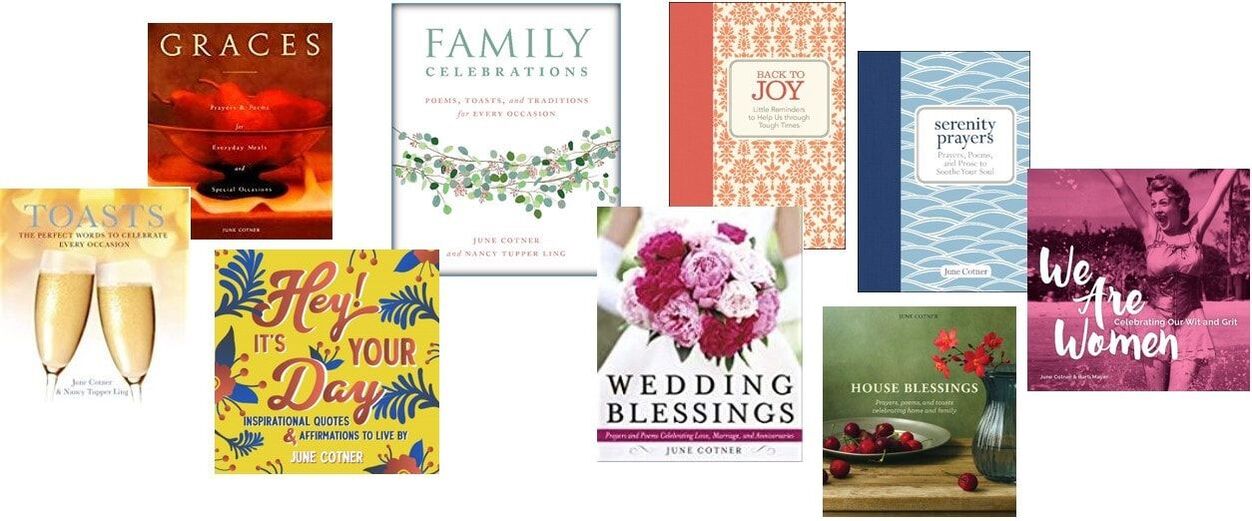

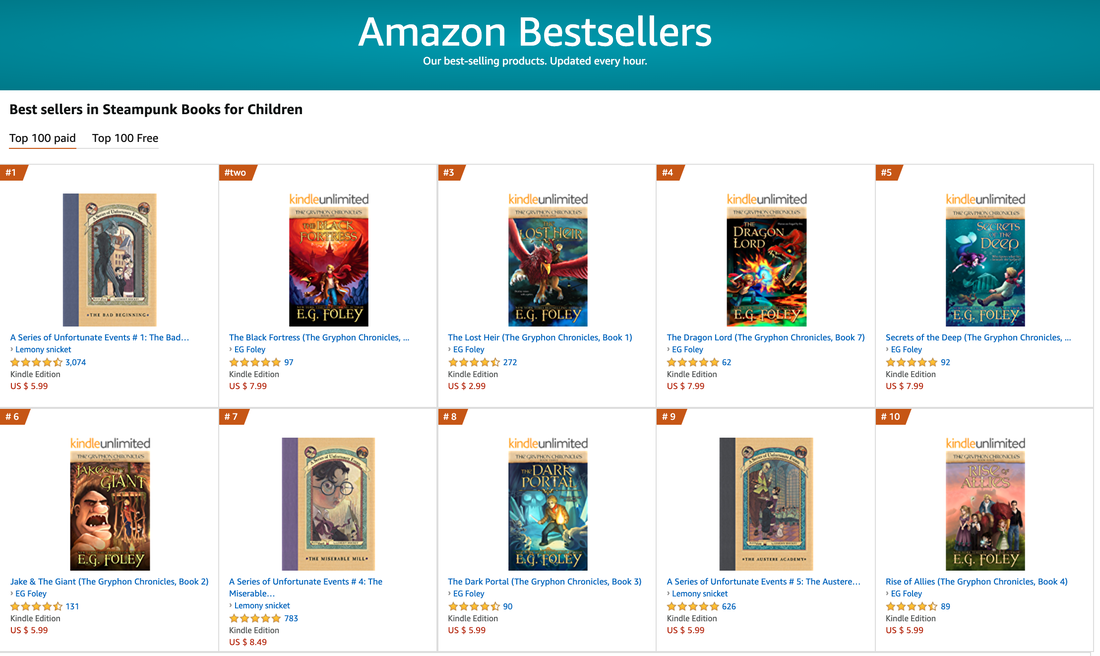
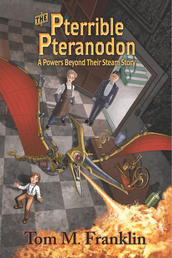

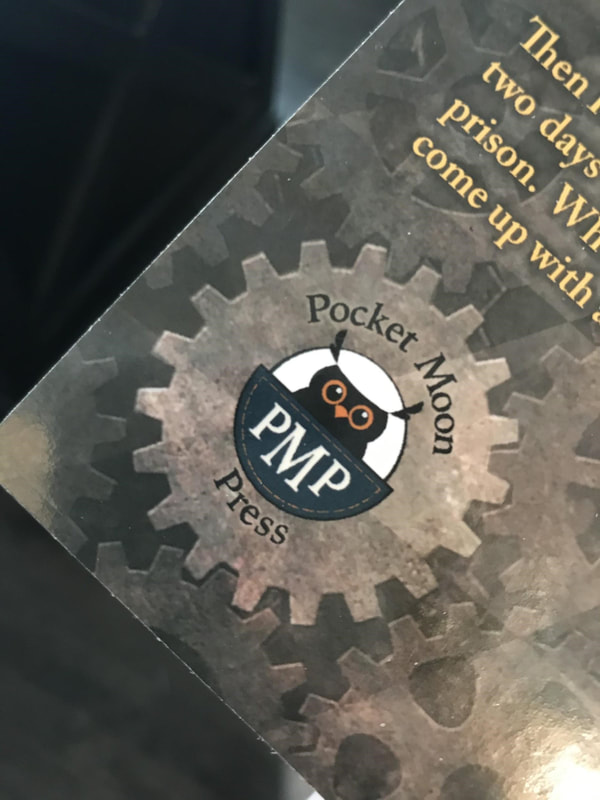
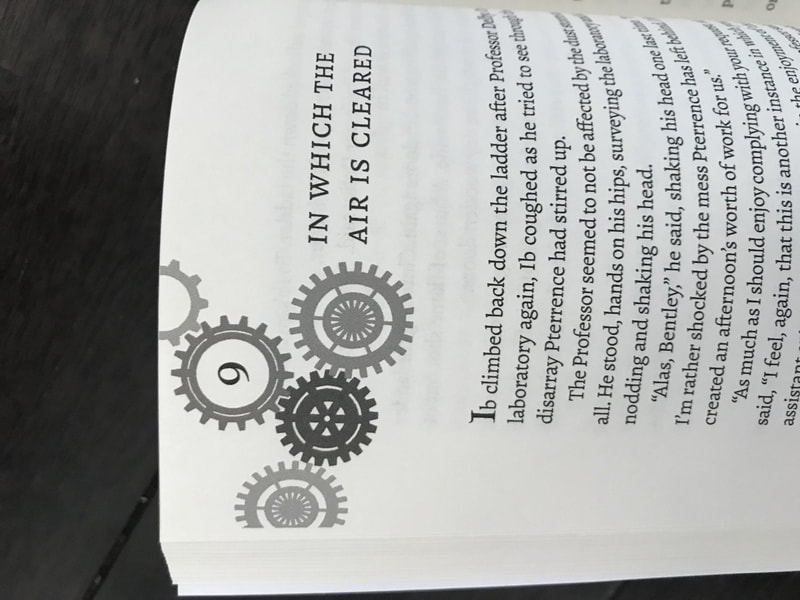
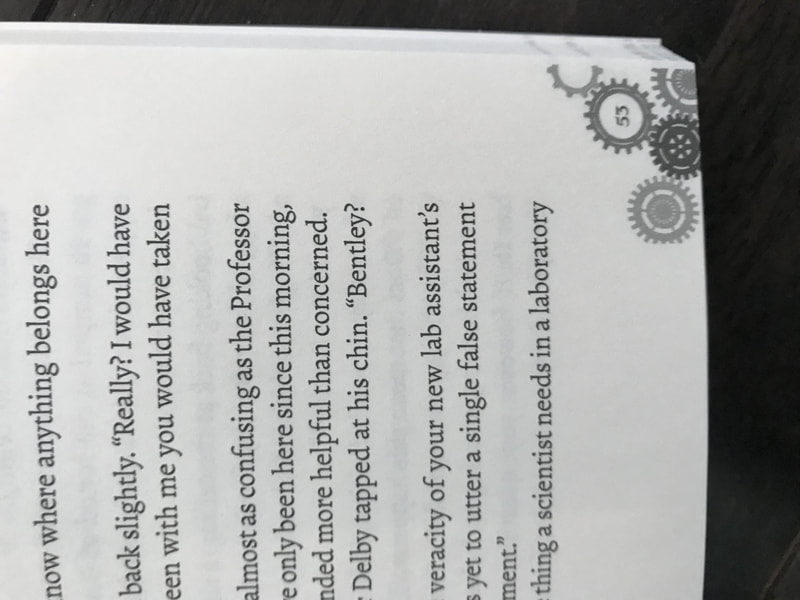
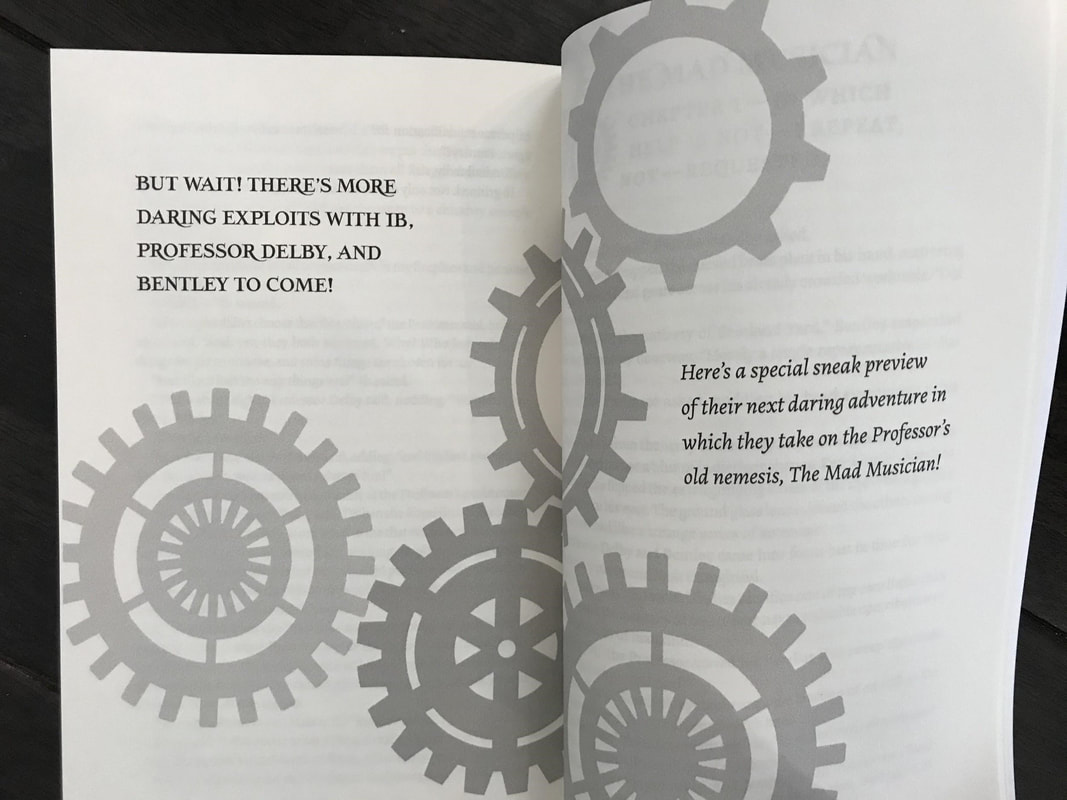
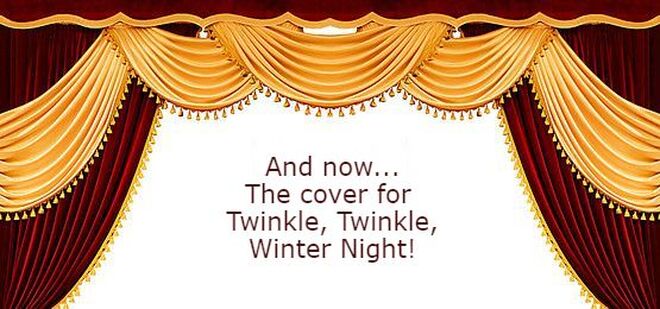

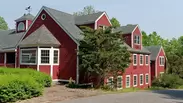

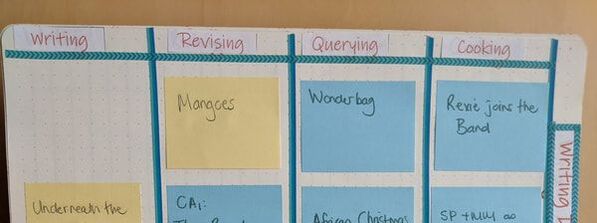

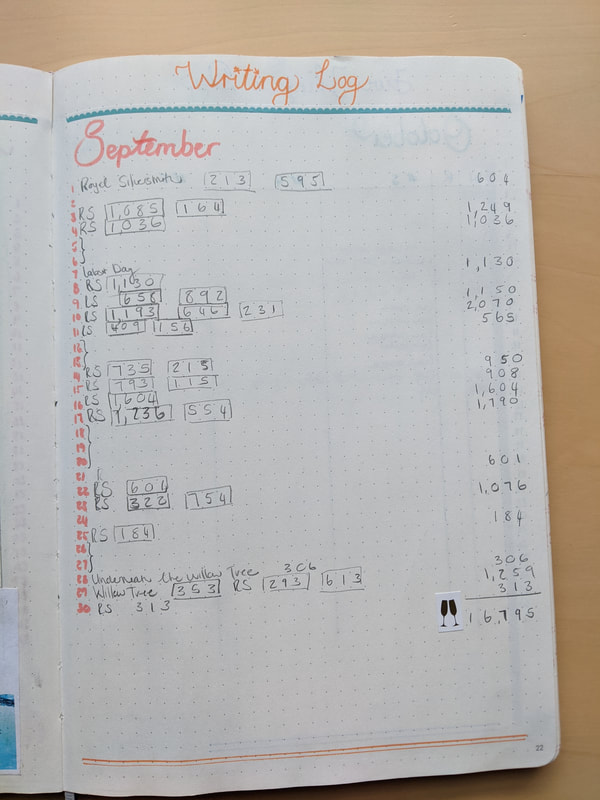
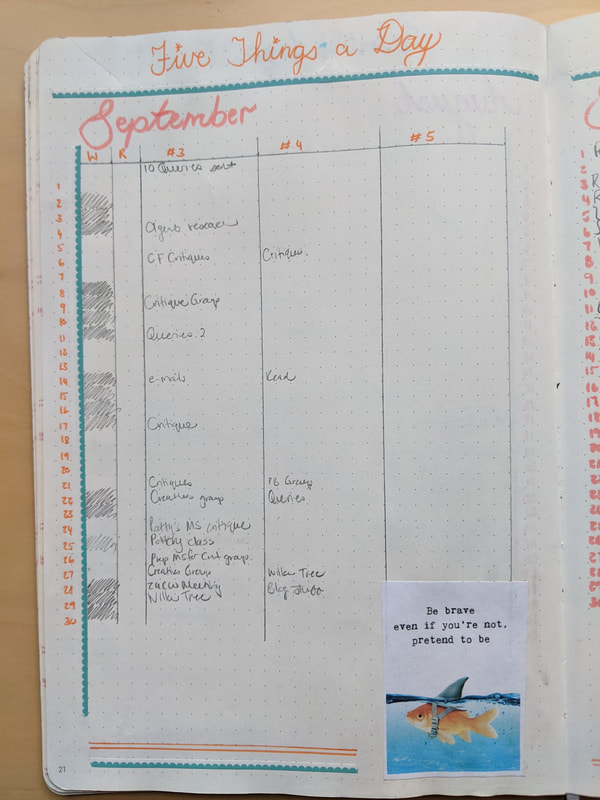
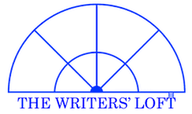
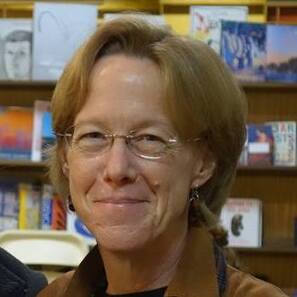
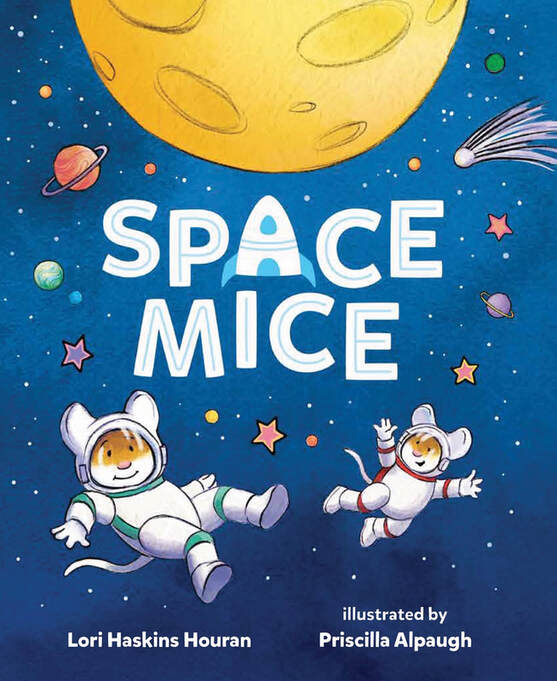
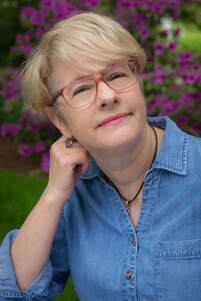
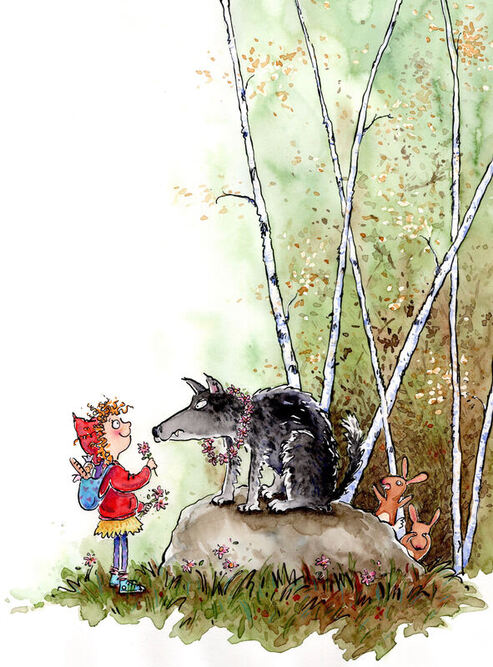
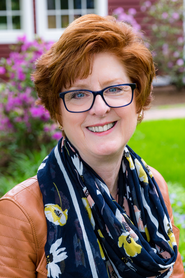
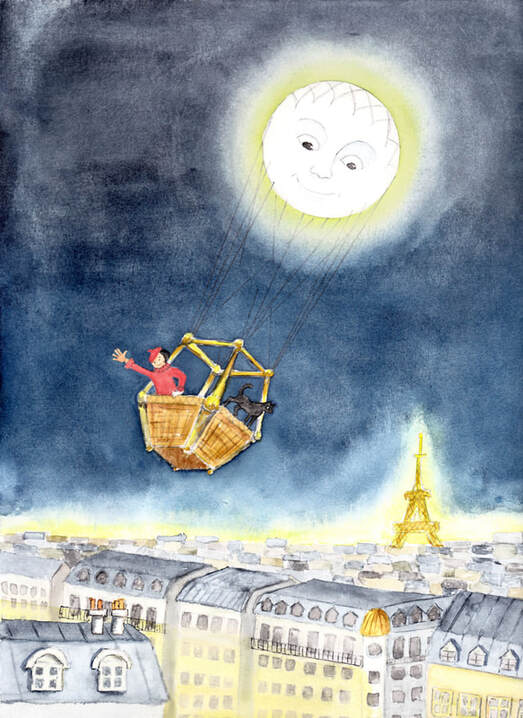
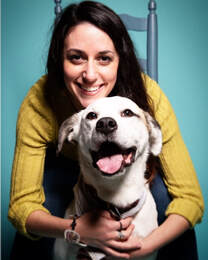
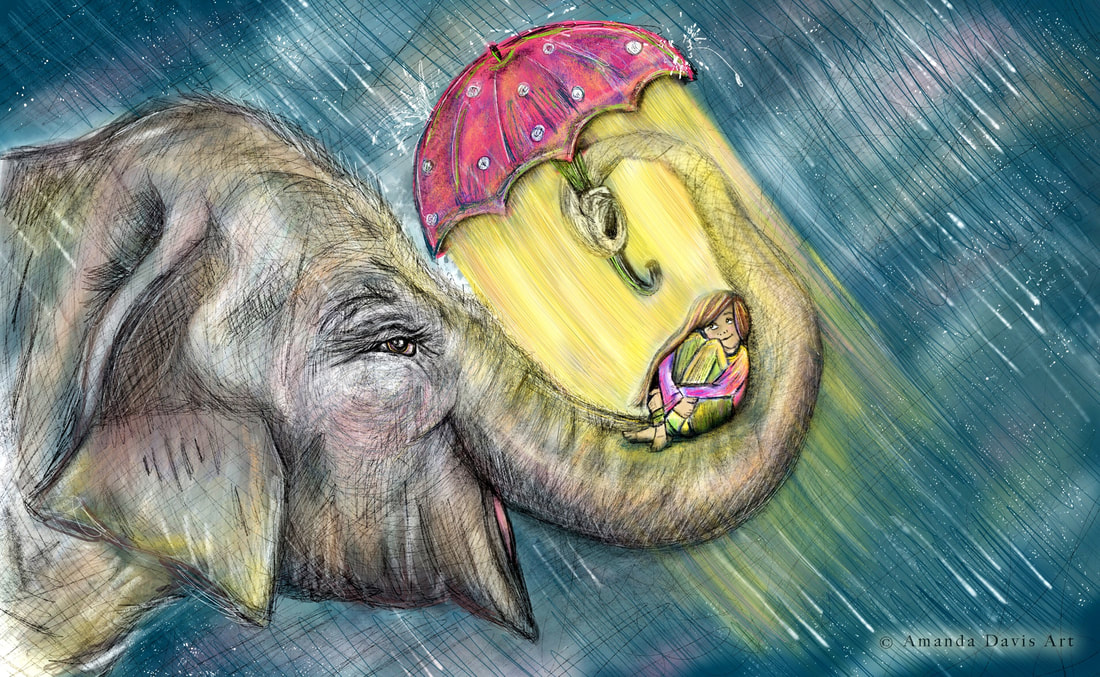
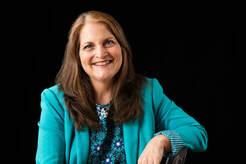
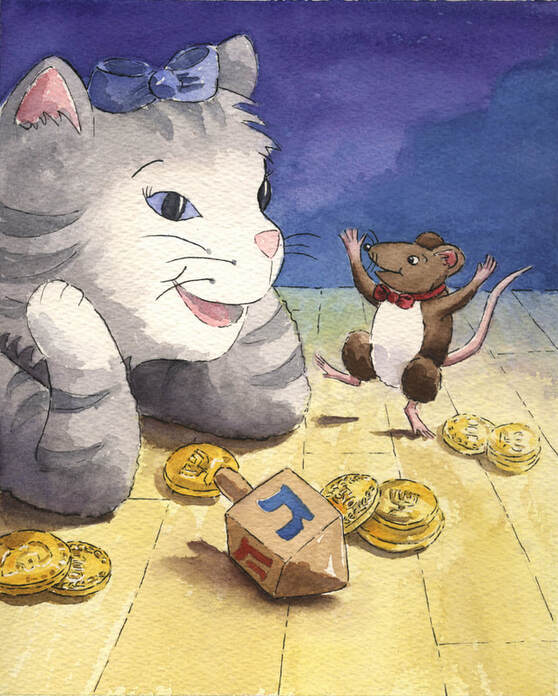
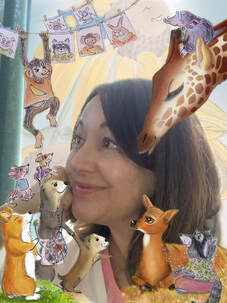
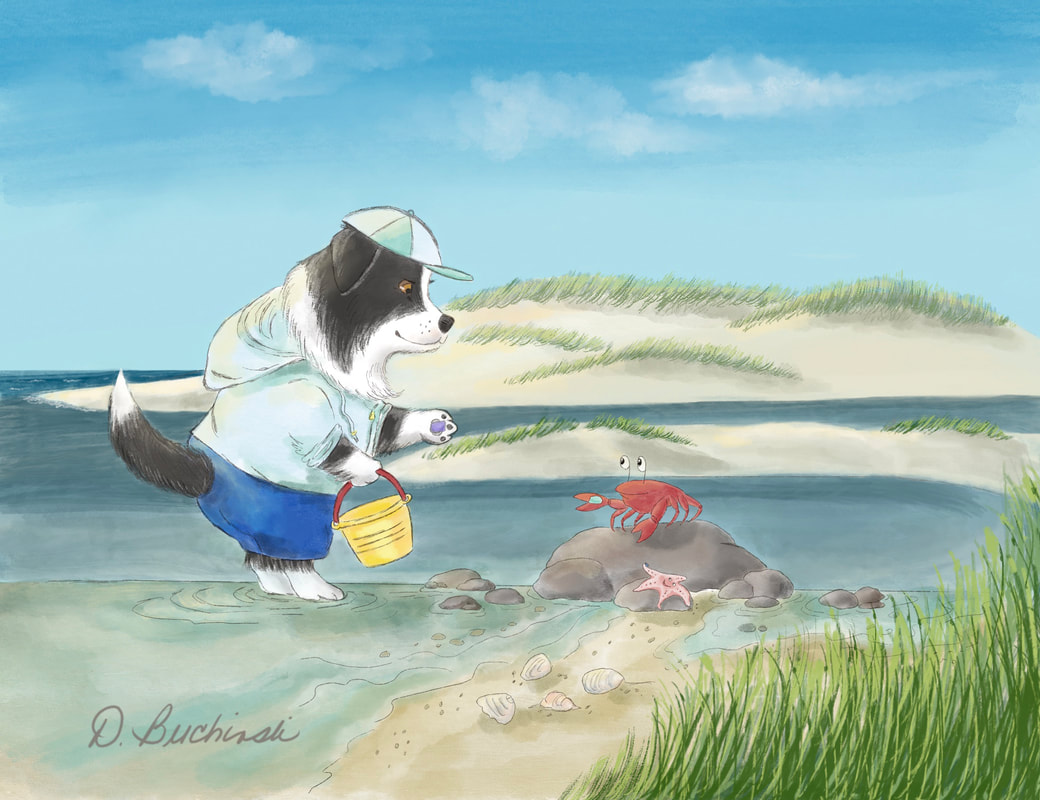
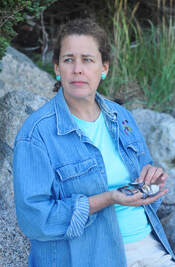
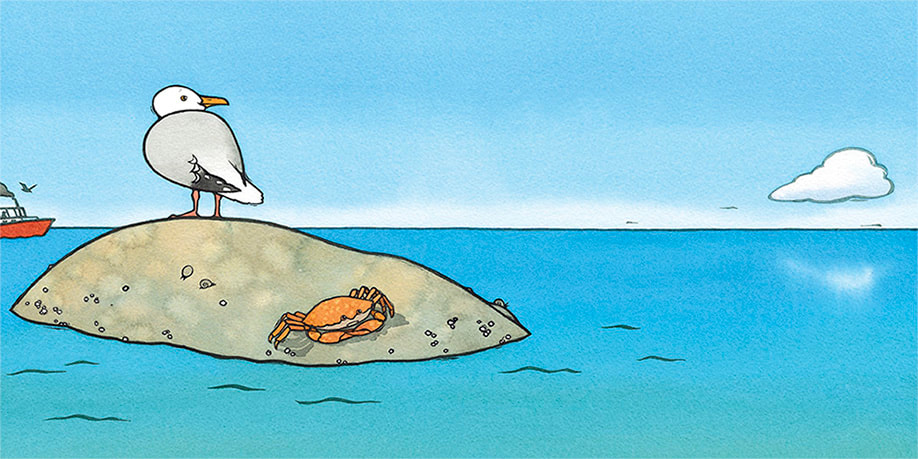

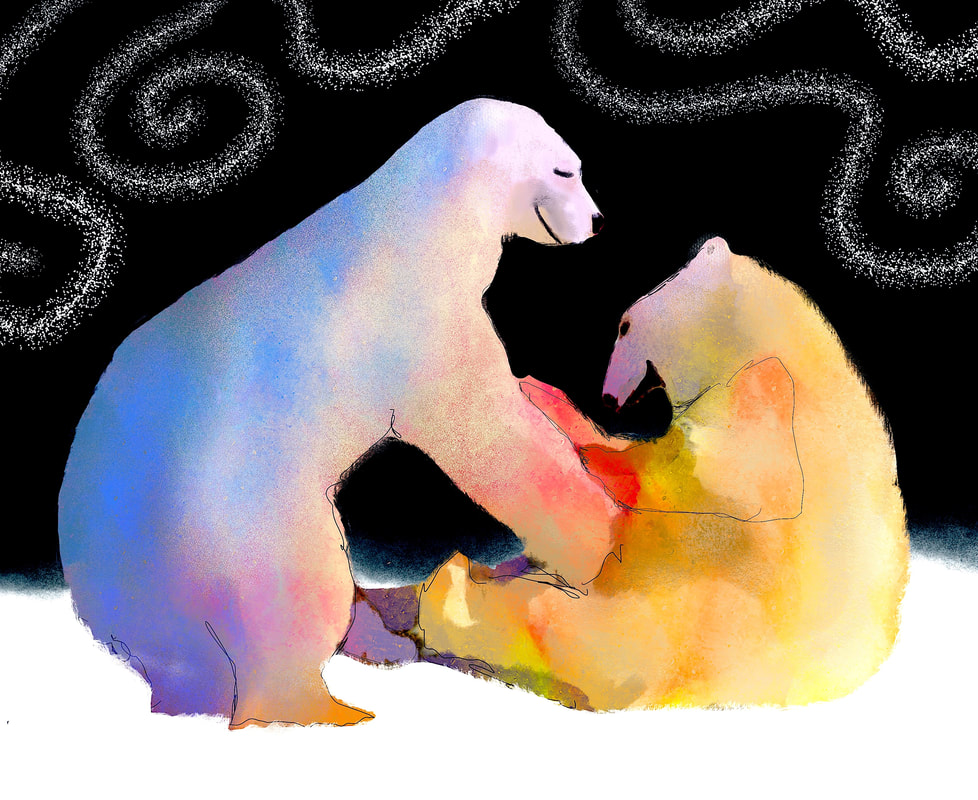
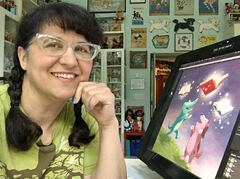
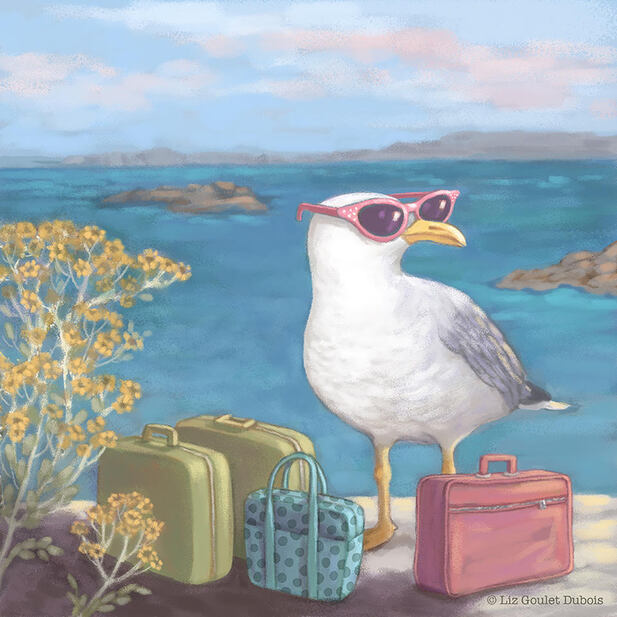
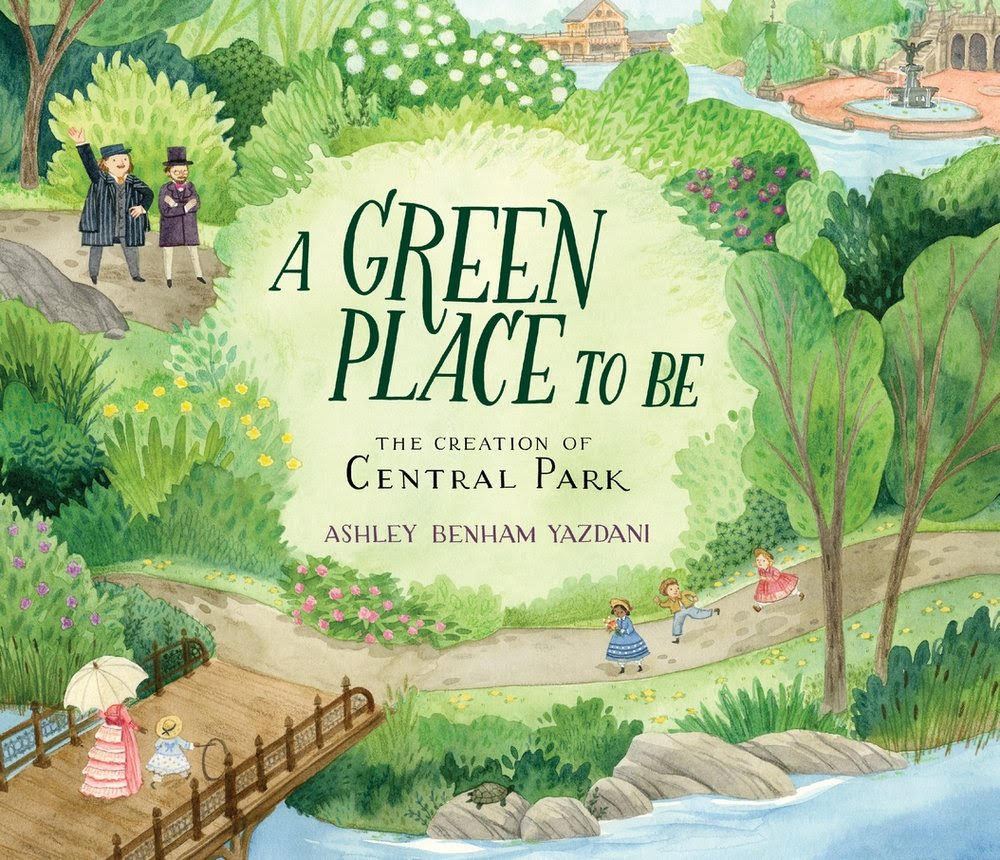
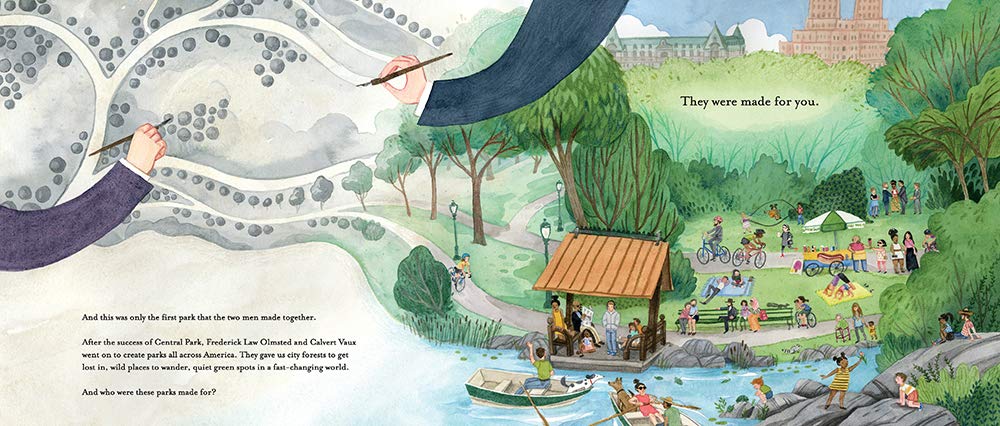
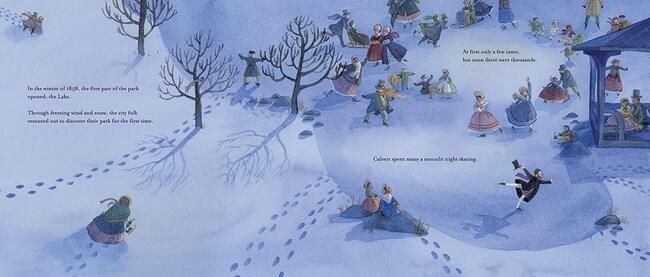
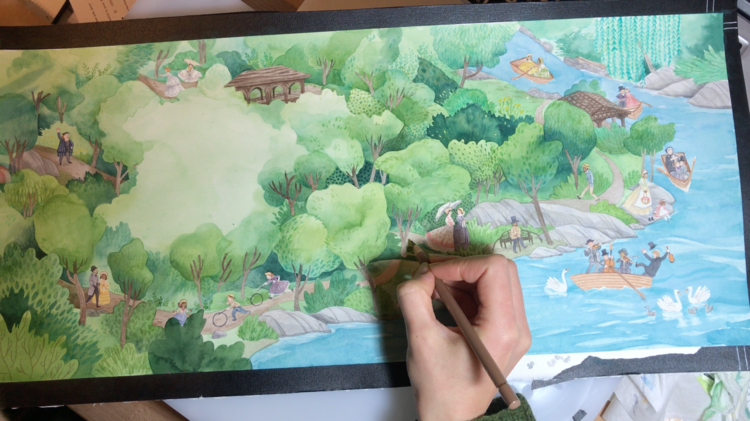
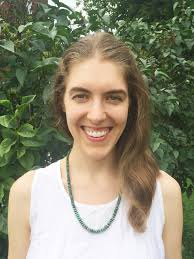

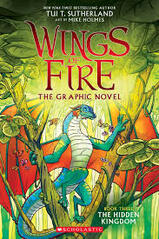
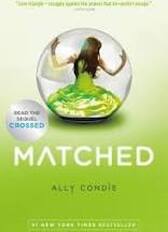
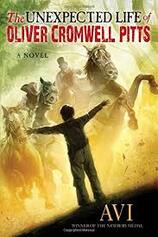
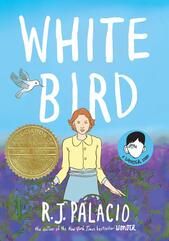
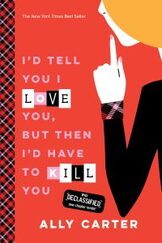
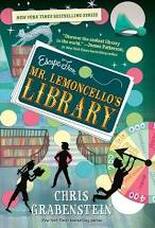
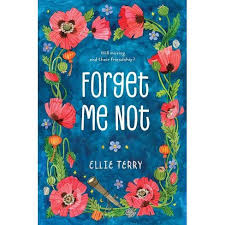
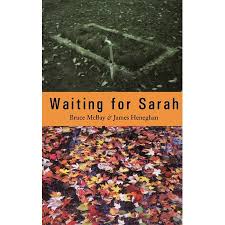
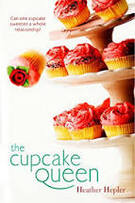
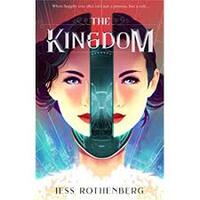
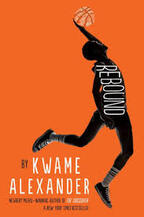
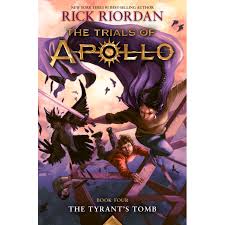
 RSS Feed
RSS Feed